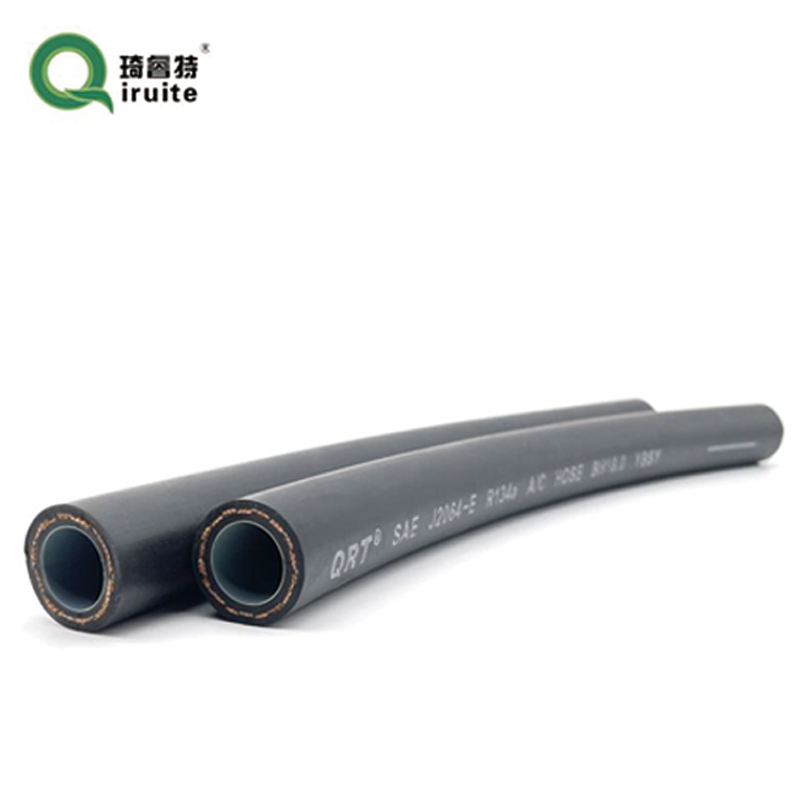Vacuum Brake Booster Hose - Essential Brake System Component
Understanding Vacuum Brake Booster Hose Key Features and Importance
In the realm of automotive engineering, ensuring optimal safety and performance is paramount. One of the critical components that contribute to effective braking is the vacuum brake booster. This device enhances the braking power of a vehicle’s braking system by using vacuum pressure generated by the engine. A crucial part of this system is the vacuum brake booster hose, which plays a vital role in maintaining functionality and safety.
What is a Vacuum Brake Booster Hose?
The vacuum brake booster hose is a flexible tube that connects the vacuum source—typically the intake manifold of the engine—to the brake booster. Its primary function is to facilitate the flow of vacuum pressure, which is essential for amplifying the force applied to the brake pedal. When the driver presses the brake pedal, the brake booster uses the vacuum pressure to assist in applying more force to the brake system than what the driver exerts alone. This results in shorter stopping distances, especially beneficial in emergency situations.
Key Features of Vacuum Brake Booster Hose
1. Material and Durability The vacuum brake booster hose is commonly made from rubber or reinforced synthetic materials designed to withstand extreme conditions, including high temperatures, friction, and exposure to automotive fluids. The durability of the hose ensures longevity and reliable performance over time.
2. Diameter and Length The hose’s diameter and length are crucial in ensuring adequate vacuum flow between the engine and the brake booster. A hose that is too narrow or too long can increase resistance, leading to diminished brake performance. Therefore, it’s essential that the hose meets the manufacturer’s specifications.
3. Resistance to Cracking Given the varying environmental conditions in which vehicles operate, the vacuum brake booster hose must resist cracking and stiffness due to heat and exposure to oil or fuel. This quality helps maintain the reliability of the braking system over extended use.
vacuum brake booster hose

4. Secure Connections The integrity of the connections at both ends of the hose is vital. Loose or damaged connections can lead to vacuum leaks, significantly impacting the efficiency of the brake booster. Proper clamps and fittings are necessary to ensure a snug fit.
Signs of a Failing Vacuum Brake Booster Hose
Addressing issues related to the vacuum brake booster hose proactively is essential for vehicle safety. Some common signs indicating a failing hose include
- Hissing Noises A noticeable hissing sound when the brake pedal is pressed may indicate a vacuum leak. - Soft Brake Pedal If the brake pedal feels unusually soft and goes all the way to the floor, the brake booster might not be receiving enough vacuum pressure.
- Increased Stopping Distance Difficulty in stopping the vehicle within a normal distance can suggest a problem with the braking system, possibly linked to the vacuum brake booster or hose.
Conclusion
In conclusion, the vacuum brake booster hose is an indispensable component of the braking system, enhancing the efficiency and safety of vehicle operation. Regular inspections and maintenance of the hose can prevent issues that may compromise braking performance. Whether you are a vehicle owner or an automotive technician, understanding the importance of this hose can lead to better maintenance practices and increased safety on the road. Always consult the vehicle’s manufacturer guidelines for the best practices regarding replacement and care for the vacuum brake booster hose.
-
Reliable Brake Line Solutions for Your VehicleNewsJun.05,2025
-
Quick Fix for Leaky Air Conditioning HosesNewsJun.05,2025
-
Powerful Sewer Jetting Solutions for Tough ClogsNewsJun.05,2025
-
Power Steering Hose Problems SolvedNewsJun.05,2025
-
Hose Protectors That Actually WorkNewsJun.05,2025
-
Essential Hose Connectors for Every HomeNewsJun.05,2025

